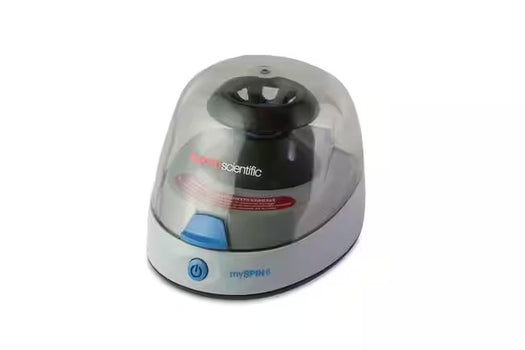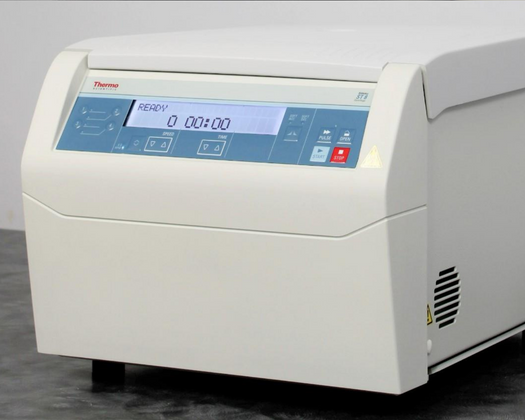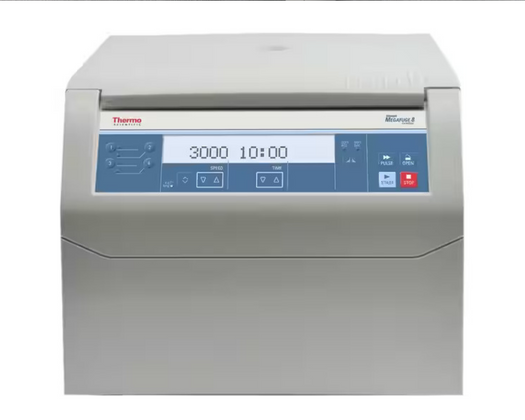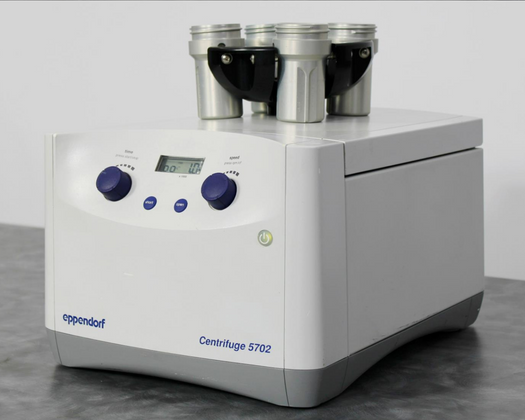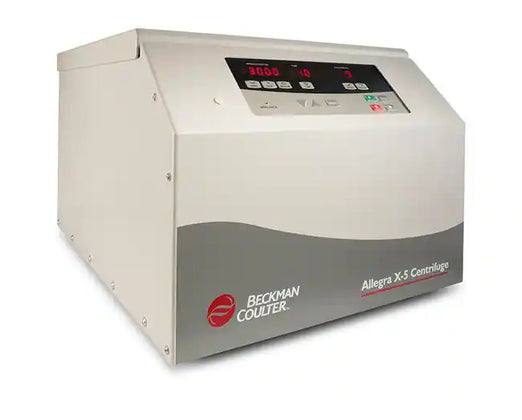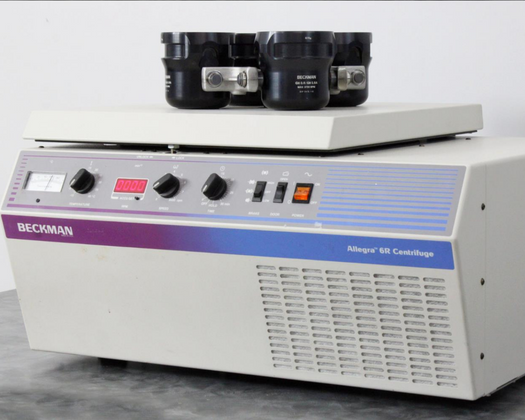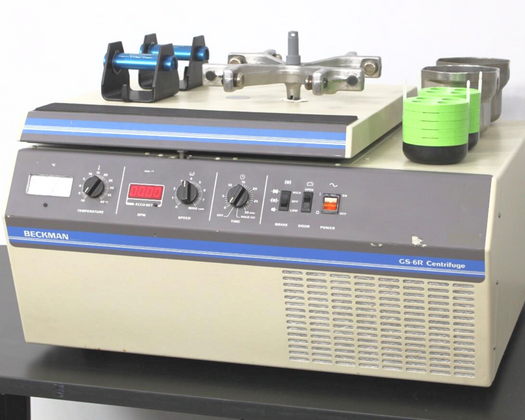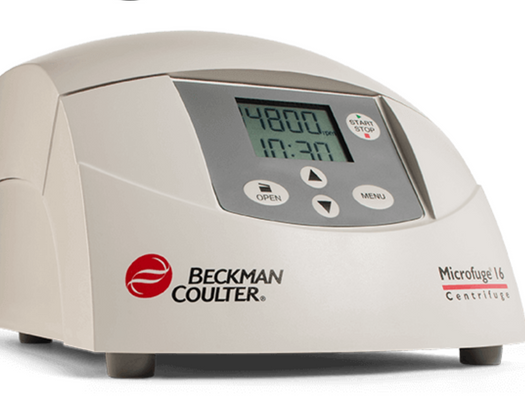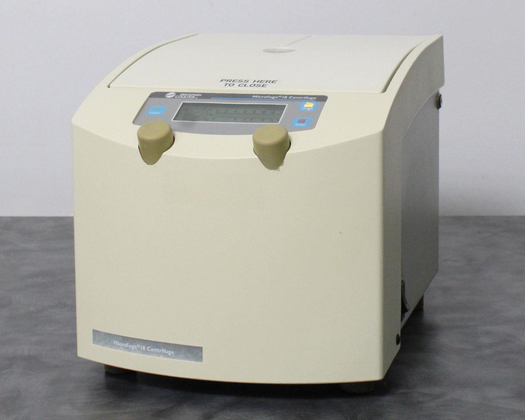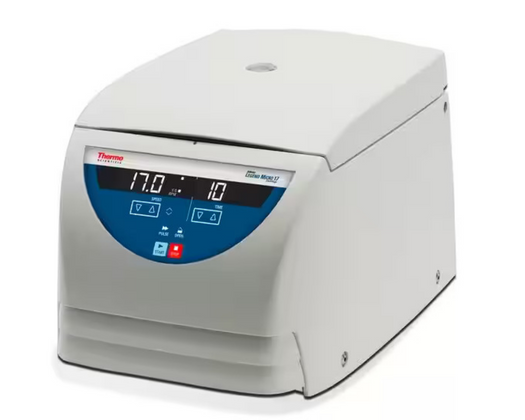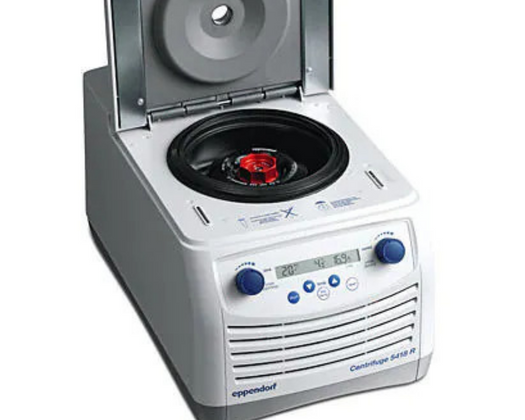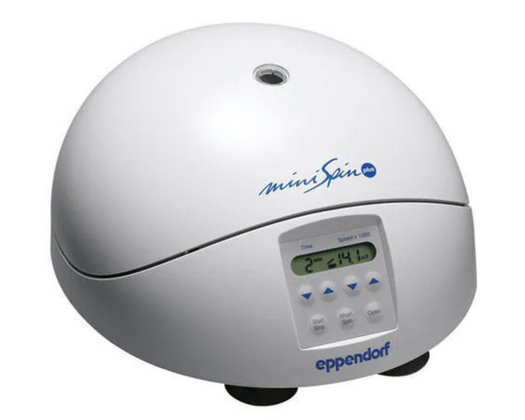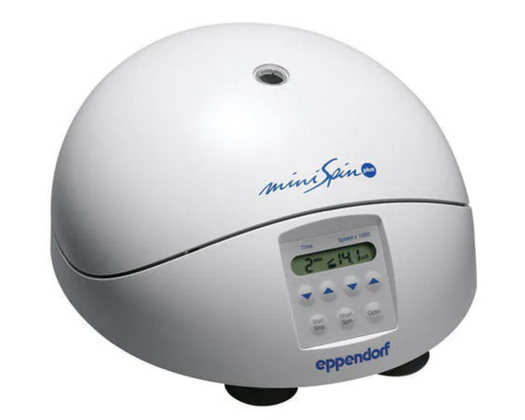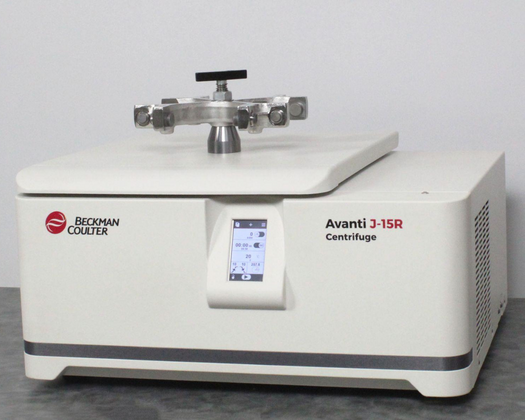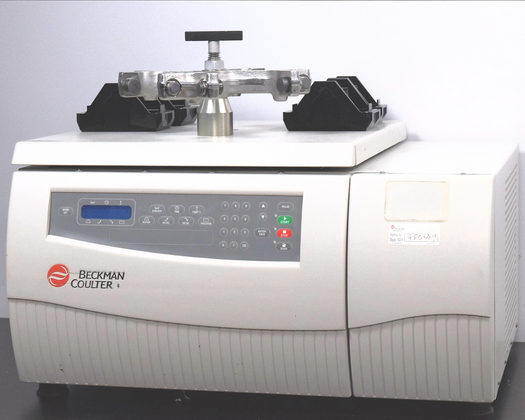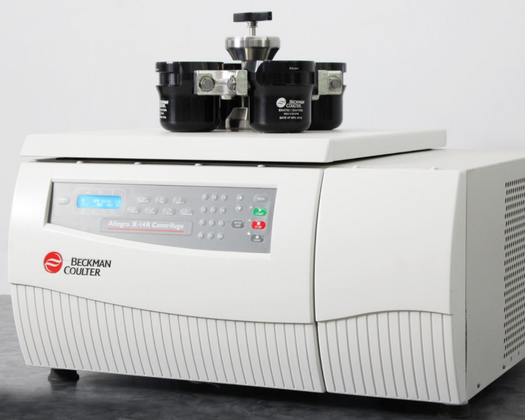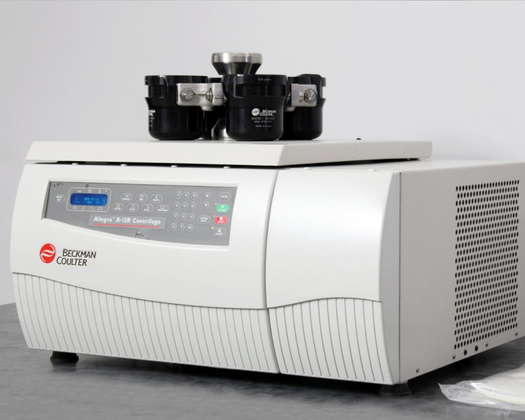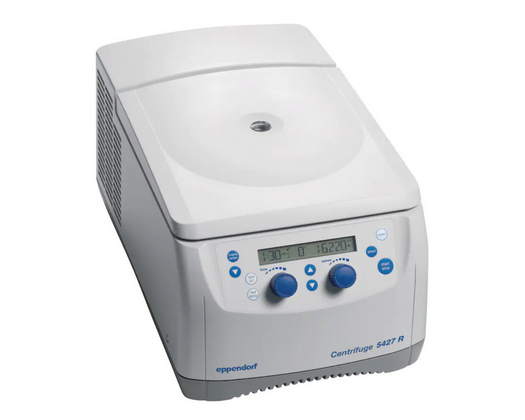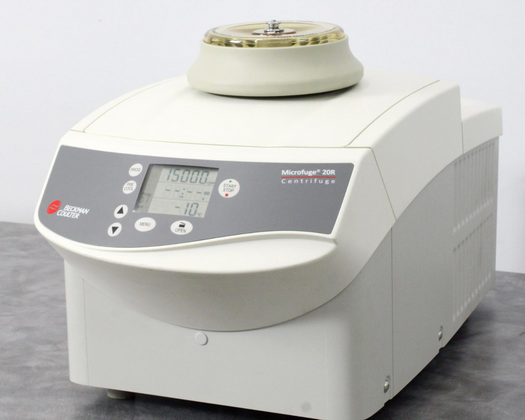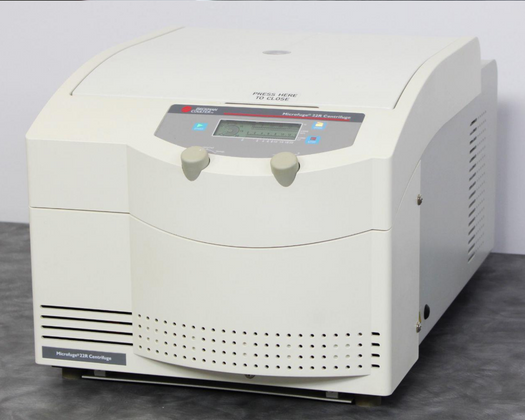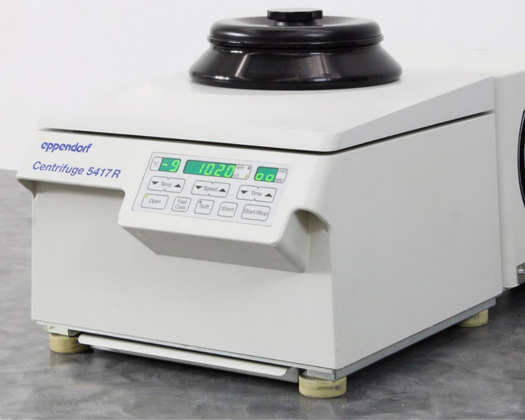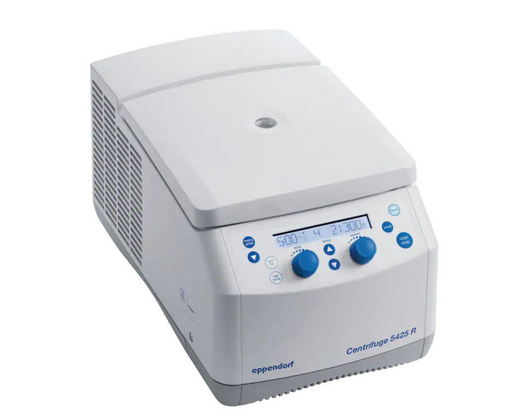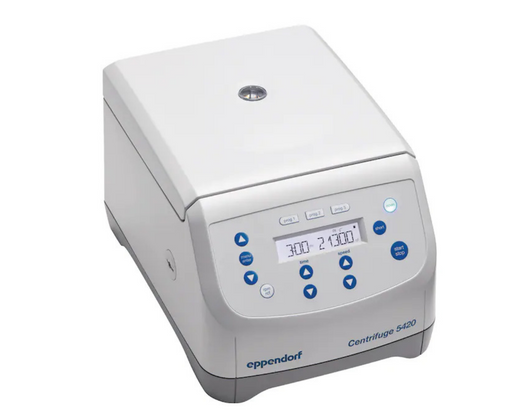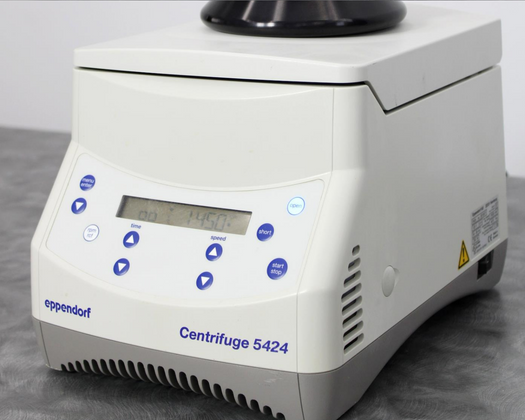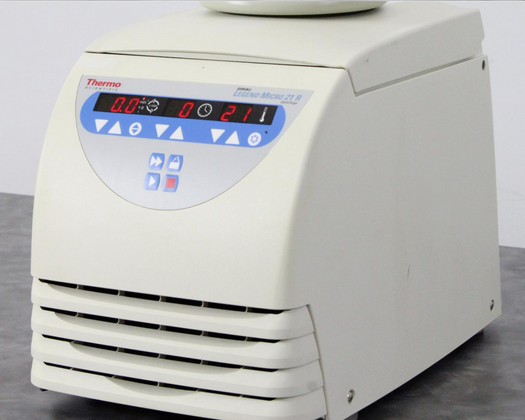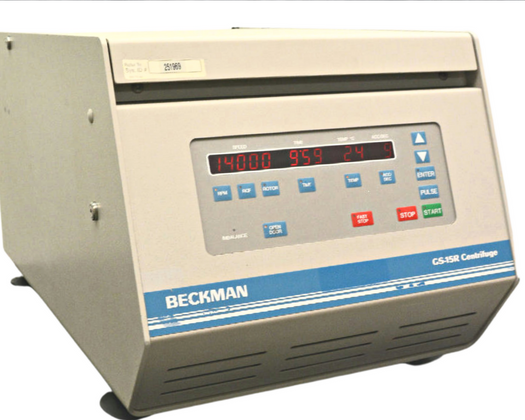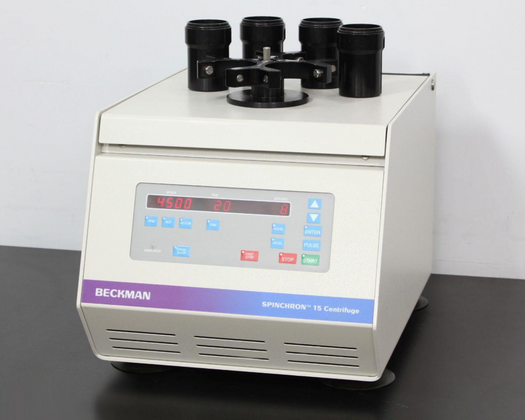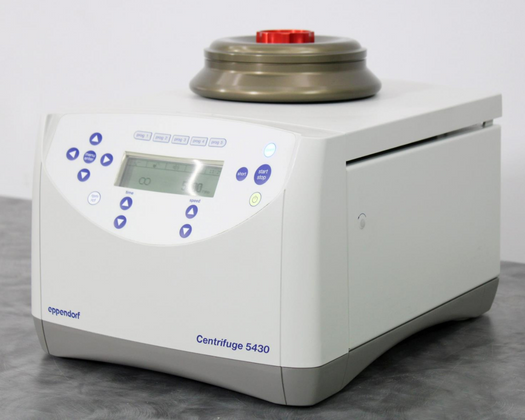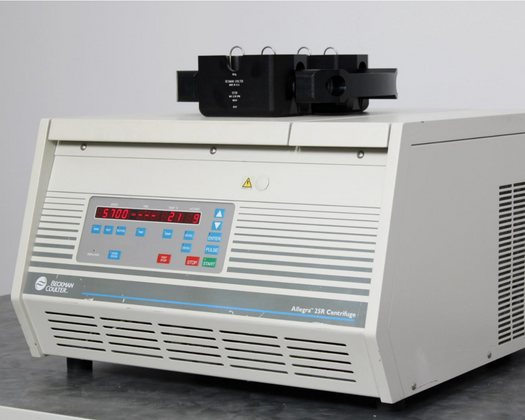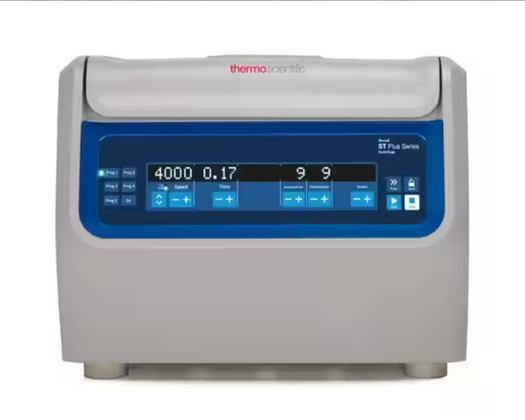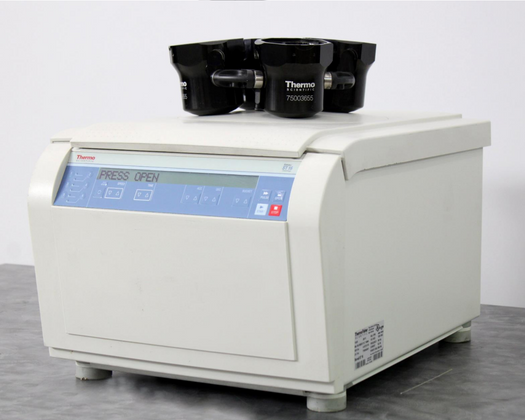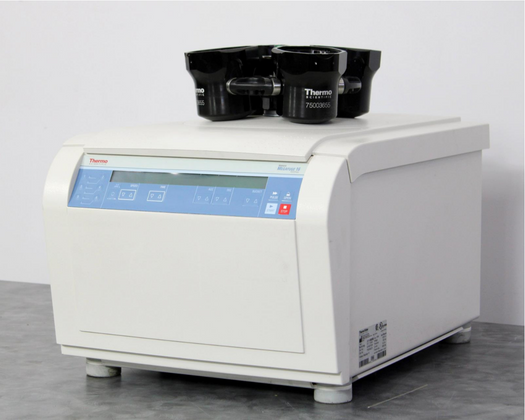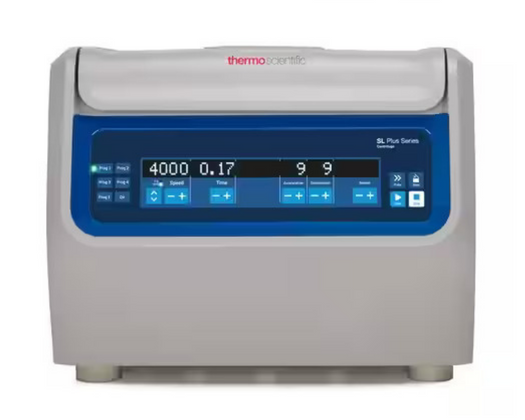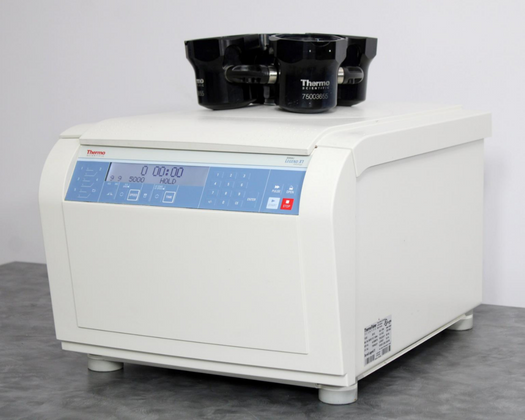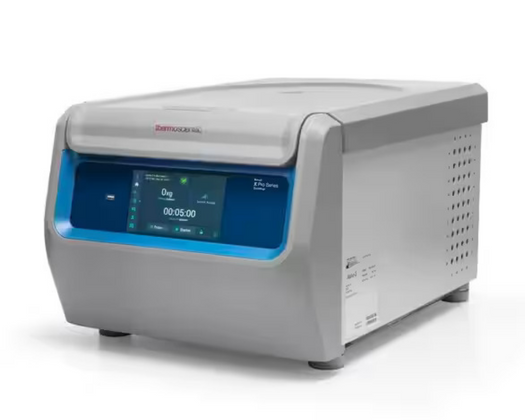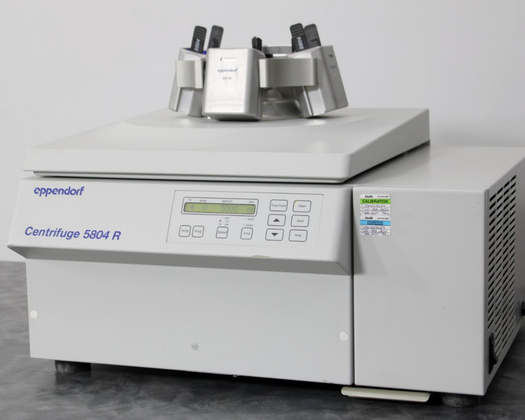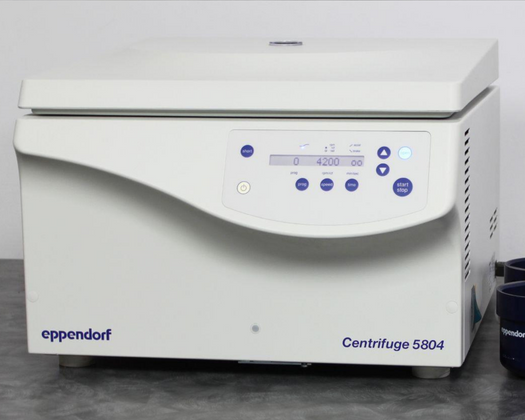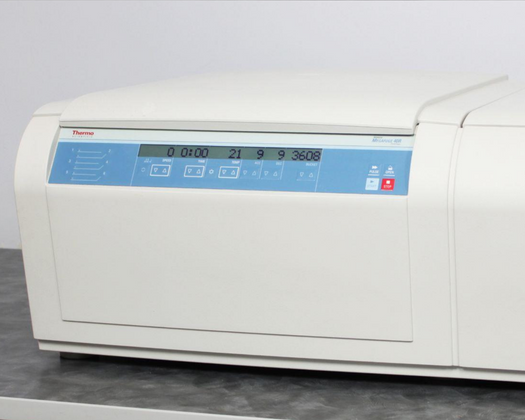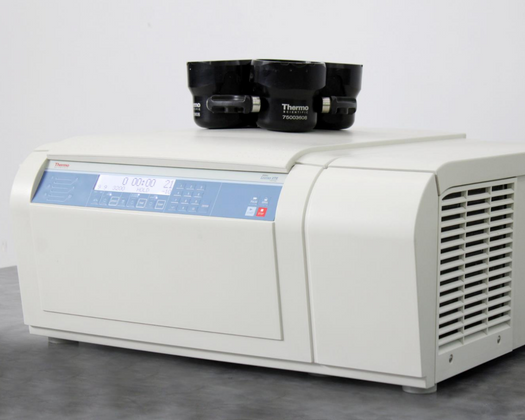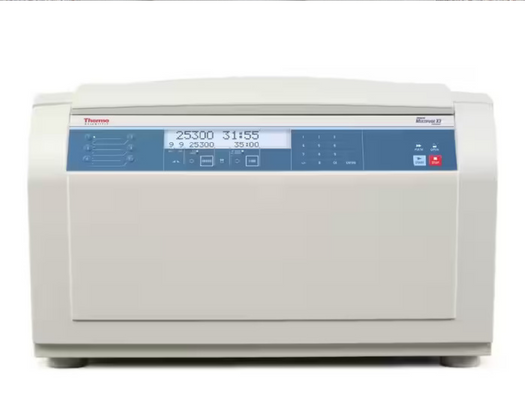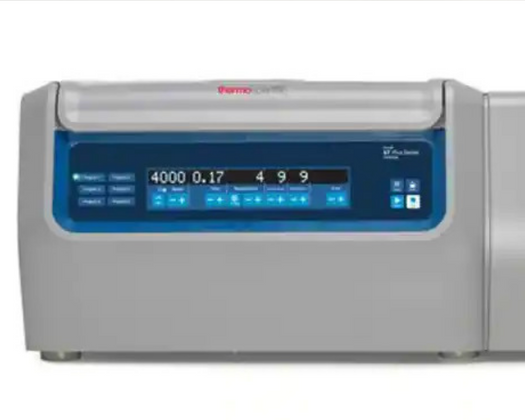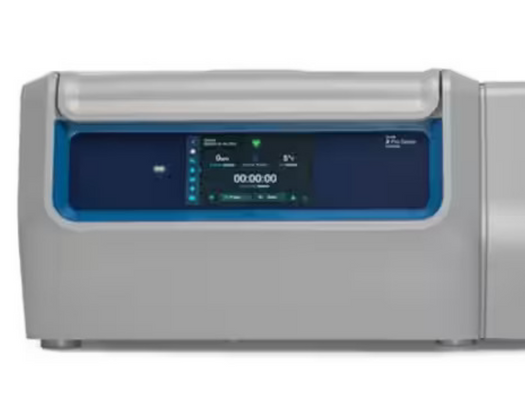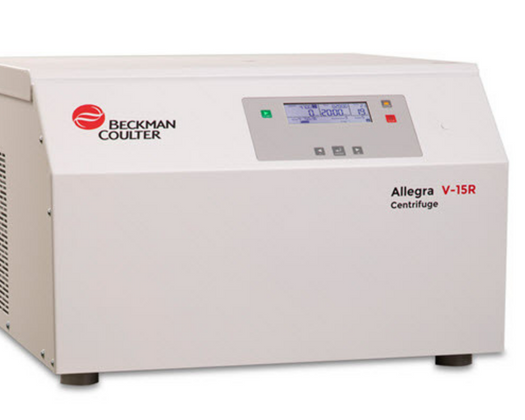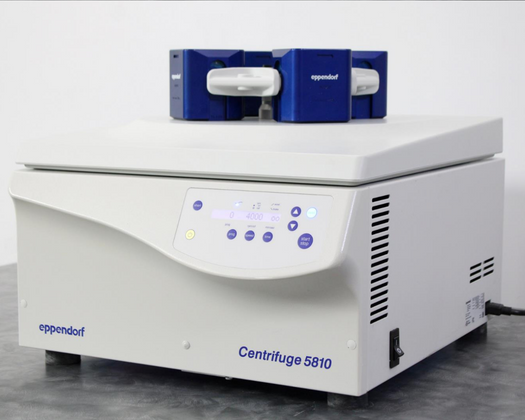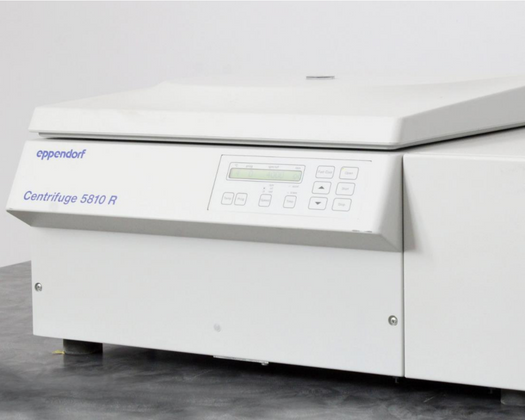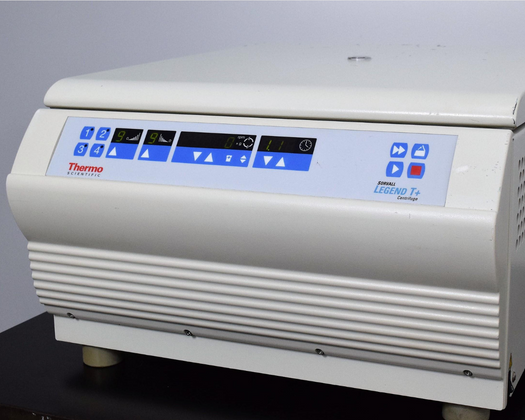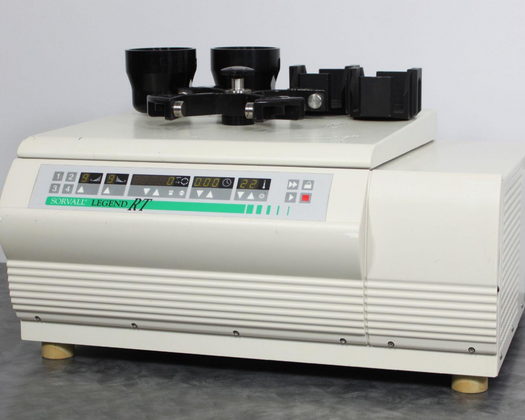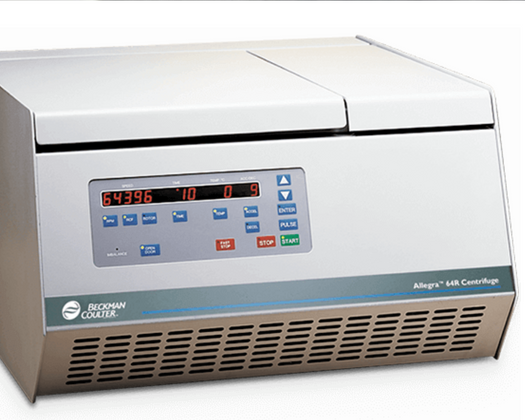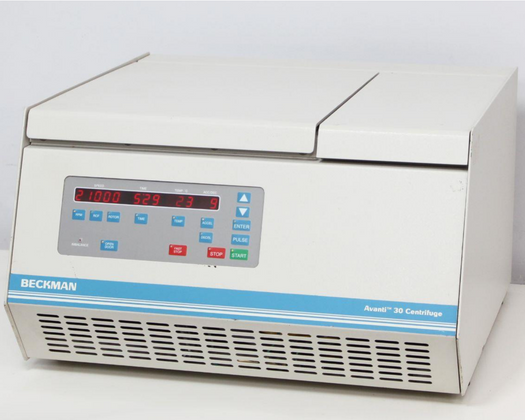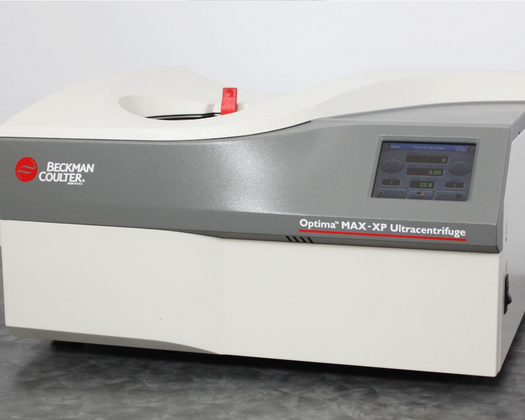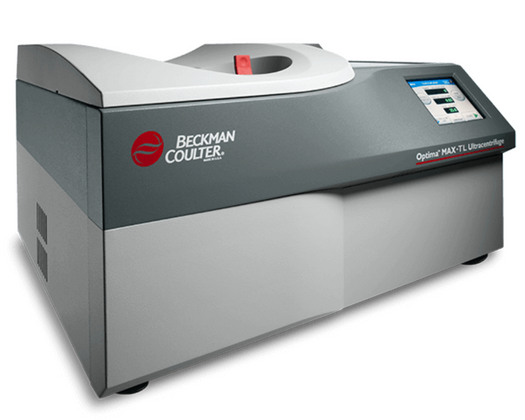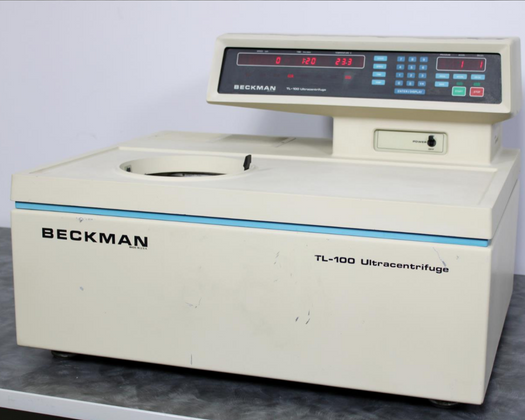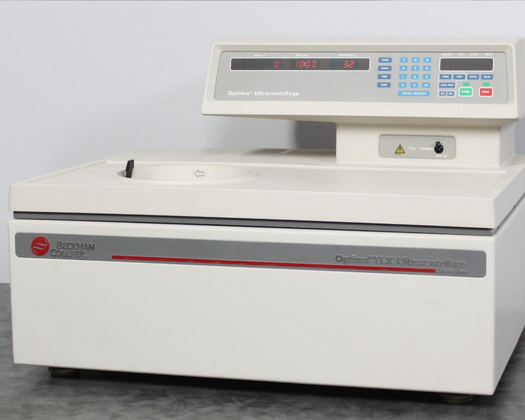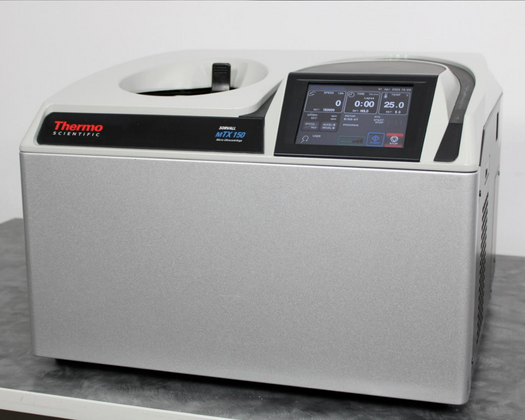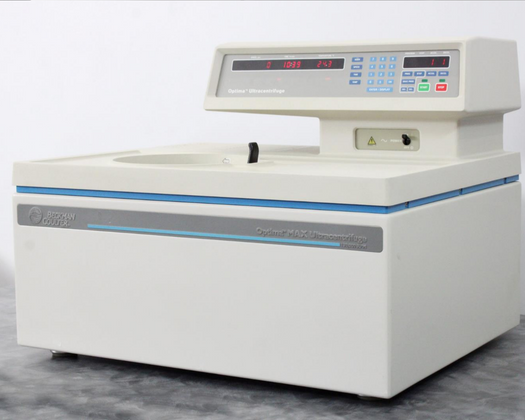Benchtop Centrifuge Comparison Guide
Laboratory centrifuges can separate materials at speeds that gravity simply cannot achieve. With relative centrifugal forces (RCFs) in the thousands, these instruments provide advanced processing capabilities for research facilities, clinical settings and industrial laboratories worldwide. A benchtop centrifuge's precision, reliability and compact size are ideal for an extensive range of laboratory applications where precision and space utilization are a priority.
Beckman Coulter, Eppendorf, and Thermo Scientific

0-9,999rcf "Low Speed"
Micro
 thermo_Fisher
thermo_Fisher
<1L ("Low Capacity")
 thermo_Fisher
thermo_Fisher
 thermo_Fisher
thermo_Fisher
1L-2.5L ("Mid Capacity")
2.6L-4L ("High Capacity")
 beckman_coulter
beckman_coulter
beckman_coulter
beckman_coulter
beckman_coulter
beckman_coulter
Micro
 thermo_Fisher
thermo_Fisher
<1L ("Low Capacity")
 thermo_Fisher
thermo_Fisher
 thermo_Fisher
thermo_Fisher
1L-2.5L ("Mid Capacity")
2.6L-4L ("High Capacity")
 beckman_coulter
beckman_coulter
10,000-19,999rcf "Medium Speed"
Micro
 beckman_coulter
beckman_coulter
eppendorf
beckman_coulter
beckman_coulter
eppendorf
<1L ("Low Capacity")
1L-2.5L ("Mid Capacity")
2.6L-4L ("High Capacity")
beckman_coulter
Micro
 beckman_coulter
beckman_coulter
<1L ("Low Capacity")
1L-2.5L ("Mid Capacity")
2.6L-4L ("High Capacity")
20,000-39,999rcf "High Speed"
Micro
eppendorf
beckman_coulter
<1L ("Low Capacity")
 beckman_coulter
beckman_coulter
 beckman_coulter
beckman_coulter
1L-2.5L ("Mid Capacity")
beckman_coulter
thermo_Fisher
thermo_Fisher
thermo_Fisher
 thermo_Fisher
thermo_Fisher
2.6L-4L ("High Capacity")
thermo_Fisher
thermo_Fisher
 thermo_Fisher
thermo_Fisher
 beckman_coulter
beckman_coulter
 thermo_Fisher
thermo_Fisher
 thermo_Fisher
thermo_Fisher
Micro
<1L ("Low Capacity")
 beckman_coulter
beckman_coulter
 beckman_coulter
beckman_coulter
1L-2.5L ("Mid Capacity")
 thermo_Fisher
thermo_Fisher
2.6L-4L ("High Capacity")
 thermo_Fisher
thermo_Fisher
 beckman_coulter
beckman_coulter
 thermo_Fisher
thermo_Fisher
 thermo_Fisher
thermo_Fisher
40,001-75000rcf "Super High Speed"
Micro
<1L ("Low Capacity")
 beckman_coulter
beckman_coulter
beckman_coulter
beckman_coulter
1L-2.5L ("Mid Capacity")
2.6L-4L ("High Capacity")
Micro
<1L ("Low Capacity")
 beckman_coulter
beckman_coulter
1L-2.5L ("Mid Capacity")
2.6L-4L ("High Capacity")
Ultracentrifuges
Micro
<1L ("Low Capacity")
 beckman_coulter
beckman_coulter
 beckman_coulter
beckman_coulter
thermo_Fisher
beckman_coulter
beckman_coulter
thermo_Fisher
1L-2.5L ("Mid Capacity")
2.6L-4L ("High Capacity")
Micro
<1L ("Low Capacity")
 beckman_coulter
beckman_coulter
 beckman_coulter
beckman_coulter
1L-2.5L ("Mid Capacity")
2.6L-4L ("High Capacity")
Understanding the Applications of Benchtop Centrifuges
Benchtop centrifuges work well for many different applications, including:
- Research: Molecular biology labs use benchtop centrifuges for nucleic acid extraction, polymerase chain reaction (PCR) preparation and plasmid isolation. Centrifuges separate proteins and bacteria while performing precipitation techniques in biochemistry and microbiology.
- Clinical: Medical laboratories use benchtop centrifuges for blood fractionation, specimen preparation and diagnostic testing. Similarly, centrifuges can process urine samples, cerebrospinal fluid and other biological specimens that require separation before analysis.
- Industrial: In manufacturing, centrifuges help verify product quality, separate components and test formulation stability. Food and beverage companies use them to analyze composition and perform quality assurance tests. Chemical and pharmaceutical manufacturers use centrifuges for research, development and production processes.
Benchtop Centrifuge Options and Features
Understanding the different centrifuge designs and features helps buyers determine the most practical models for their needs.
- Rotor options: Different rotor designs allow the processing of various sample types in the same centrifuge. Fixed-angle rotors form pellets during cell harvesting, while swinging-bucket rotors establish defined boundaries in density gradients. Microplate rotors can handle multiple samples simultaneously for high-volume work.
- Temperature control: Refrigerated centrifuges maintain sample integrity during high-speed separations by counteracting heat generated through air friction. Temperature ranges typically span -10 to 40 degrees Celsius, allowing cold-sensitive or heat-sensitive sample processing. This capability is especially beneficial for preserving biological activity in sample preparations and maintaining the structural integrity of temperature-sensitive molecules.
- Safety features: Many centrifuges include various safety features to protect operators and samples. Imbalance detection systems prevent unevenly loaded rotors from running, automatic lid locks remain engaged until rotor stoppage, and containment systems prevent aerosol release if the tubes break. These protective measures ensure laboratory safety while carefully handling hazardous or sensitive samples.
Benchtop Centrifuge Capacity Comparison
A centrifuge's capacity determines how much material the device can hold and how many samples you can process in one run. Models range from micro-capacity designs that can hold less than a milliliter to high-capacity devices that hold up to 4 liters.
- Micro-capacity: Microcentrifuges handle small-volume samples in microtubes ranging from 0.2 to 2.0 milliliters. These machines are ideal for quick spin-downs of DNA and RNA samples, PCR reaction setup and miniaturized assays where sample preservation is critical.
- Low-capacity (less than 1 liter): Small benchtop centrifuges can handle tubes from 5 to 50 milliliters with total capacities under one liter. These devices work well for routine blood separations, cell culture harvesting and testing small batch samples.
- Mid-capacity (1 to 2.5 liters): Medium-sized benchtop models are ideal for applications prioritizing both equipment size and productivity. They are perfect for processing biospecimen collections, formulation testing in pharmaceuticals and batch testing during manufacturing.
- High-capacity (2.6 to 4 liters): Large-format benchtop centrifuges maximize processing volume while maintaining countertop compatibility. These machines can process multiple units simultaneously while handling the highest volumes for benchtop designs.
Choosing the Right Benchtop Centrifuge Speed
A centrifuge's maximum speed determines the volumes and types of separations it can successfully perform.
When to Choose a Low-Speed Centrifuge (0 to 9,999 RCF)
Best for basic lab work like blood separation, urine analysis and simple sample prep, low-speed models can handle many clinical tests and routine laboratory procedures.
When to Choose a Medium-Speed Centrifuge (10,000 to 19,999 RCF)
Perfect for bacterial work, PCR cleanup and protein studies, medium-speed models offer a solid balance of performance and price.
When to Choose a High-Speed Centrifuge (20,000 to 39,999 RCF)
High-speed units feature more powerful motors and cooling systems for more demanding separations, including cell component isolation, virus purification and plasmid prep.
When to Choose a Super High-Speed Centrifuge (40,000 to 75,000 RCF)
Ideal for isolating tiny particles like viruses and lipoproteins, super high-speed designs offer advanced processing capabilities while still fitting on a benchtop.
When to Choose an Ultracentrifuge (Over 75,000 RCF)
These high-end instruments generate the power needed for the most challenging separations, including membrane proteins, ribosomes and nanoparticles.
What to Look for When Buying a Centrifuge
Selecting the most practical centrifuge starts with making sure that the device can handle all your processing needs. Secondly, choosing a reliable vendor who offers warranties and support after the sale is critical.
- Compatibility: Make sure the centrifuge works with your sample containers and the types of materials you're separating. Check that the rotors fit your tube formats, the speed ranges meet your processing needs and the physical dimensions work in your space.
- Support and maintenance: Evaluate long-term reliability before purchasing. Review warranty terms, check if replacement parts are readily available and research the reputation of both the manufacturer and seller.
Learn More With New Life Scientific
New Life Scientific offers a complete lineup of used benchtop centrifuges from Beckman Coulter, Eppendorf, Thermo Scientific and other top manufacturers to meet your research or operational needs. Our technicians thoroughly test each instrument before sale to verify functionality and performance. We back each purchase with a comprehensive warranty and responsive after-sales support, giving you long-term peace of mind.
Purchase a unit today or contact us online for more information.


